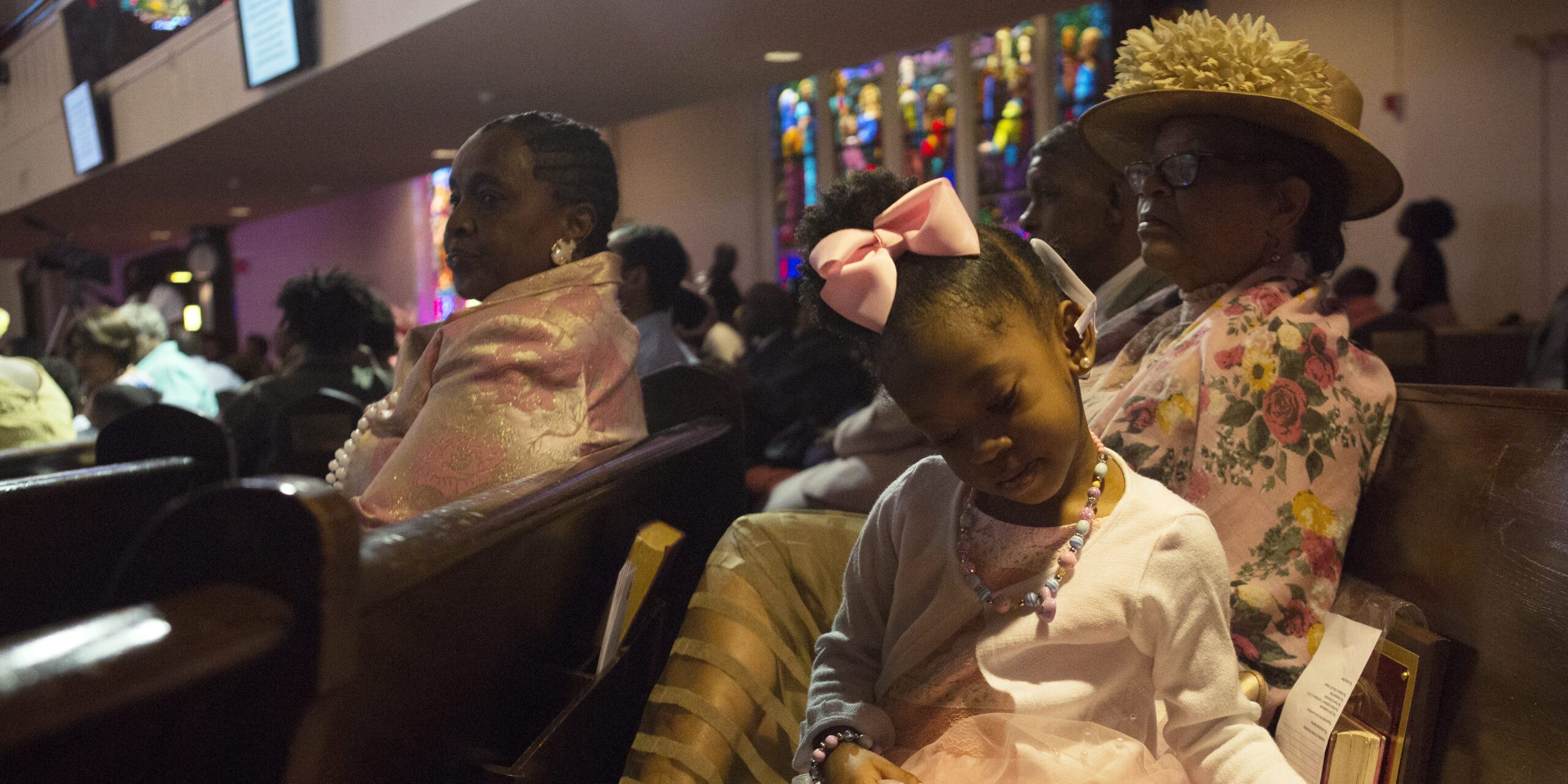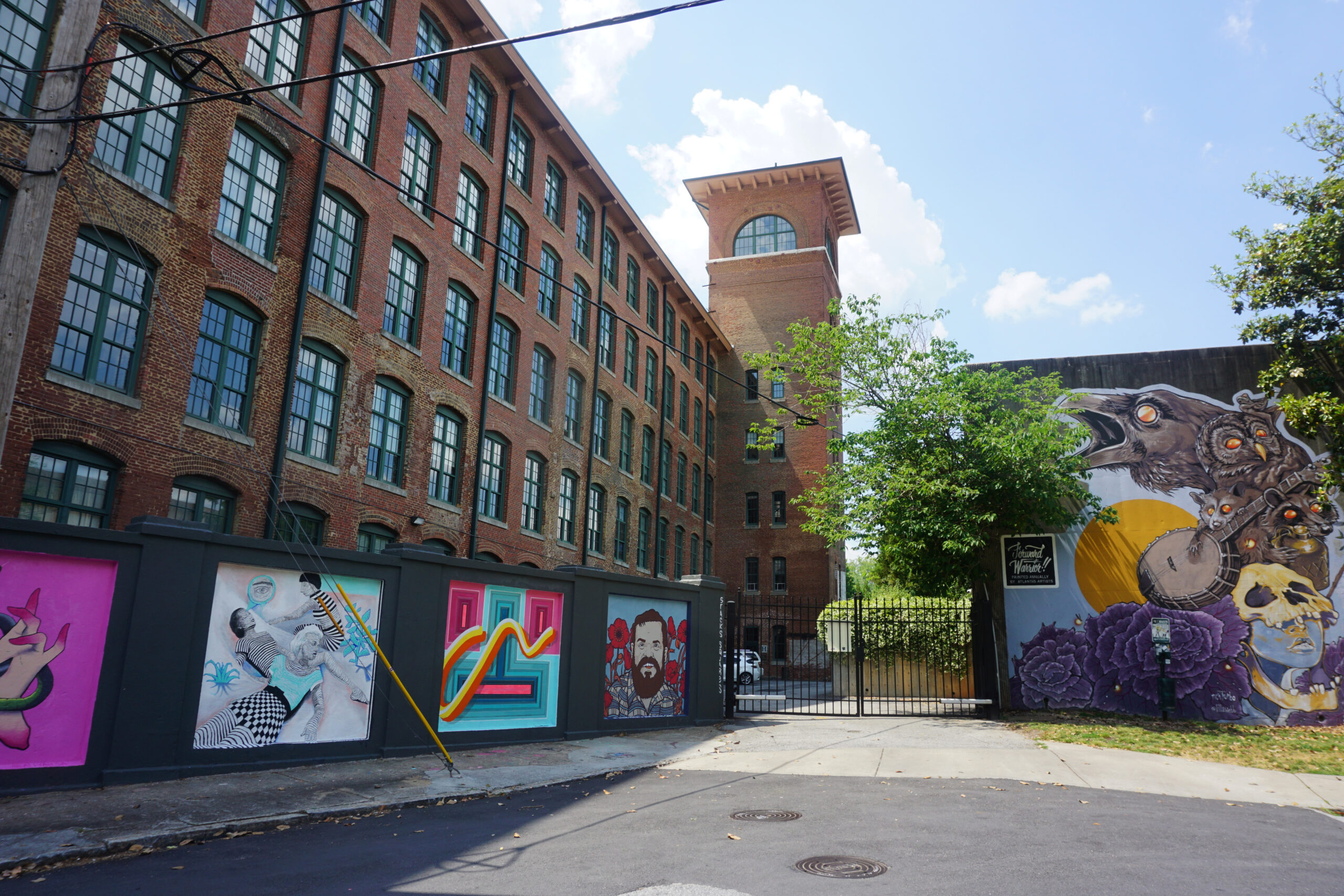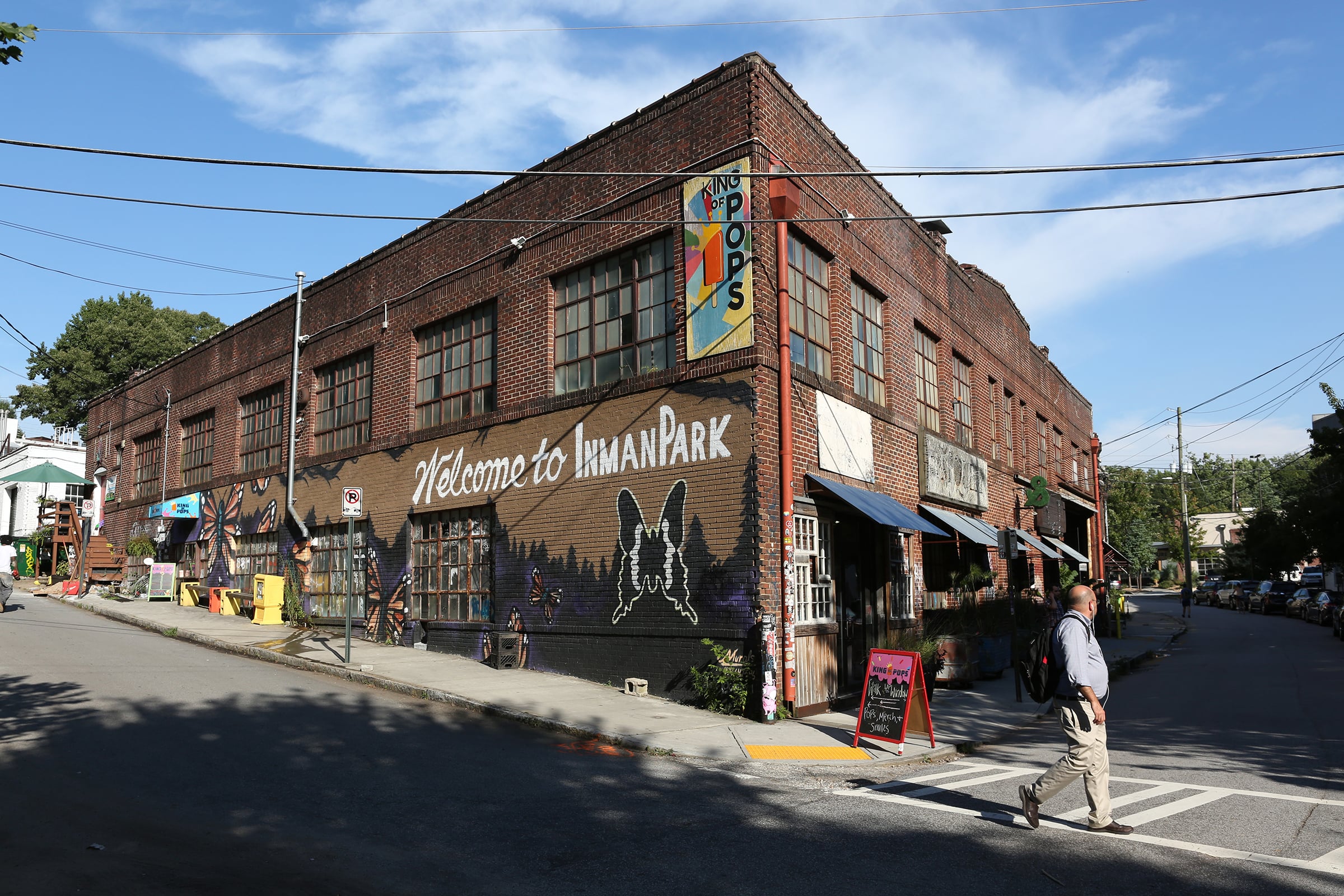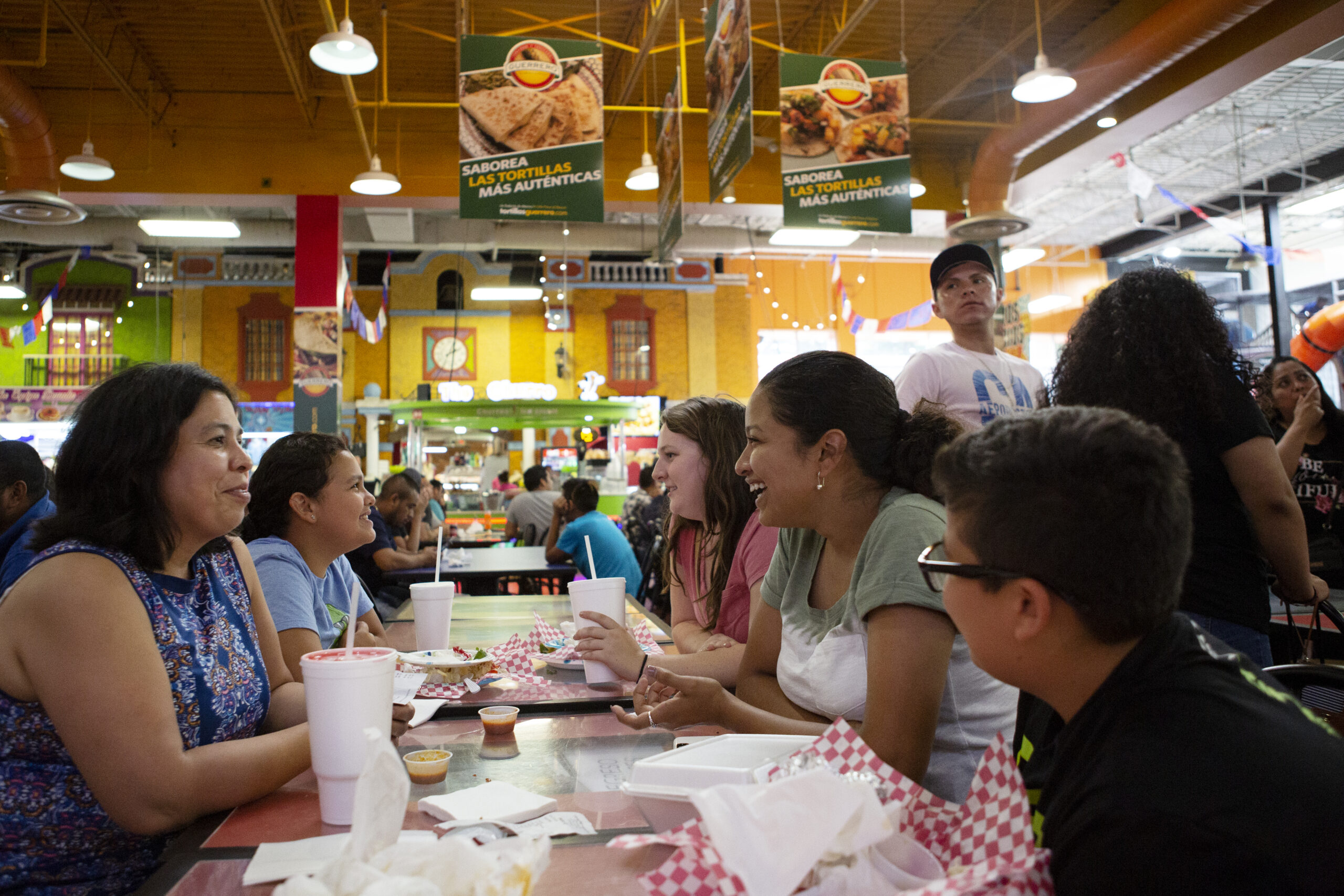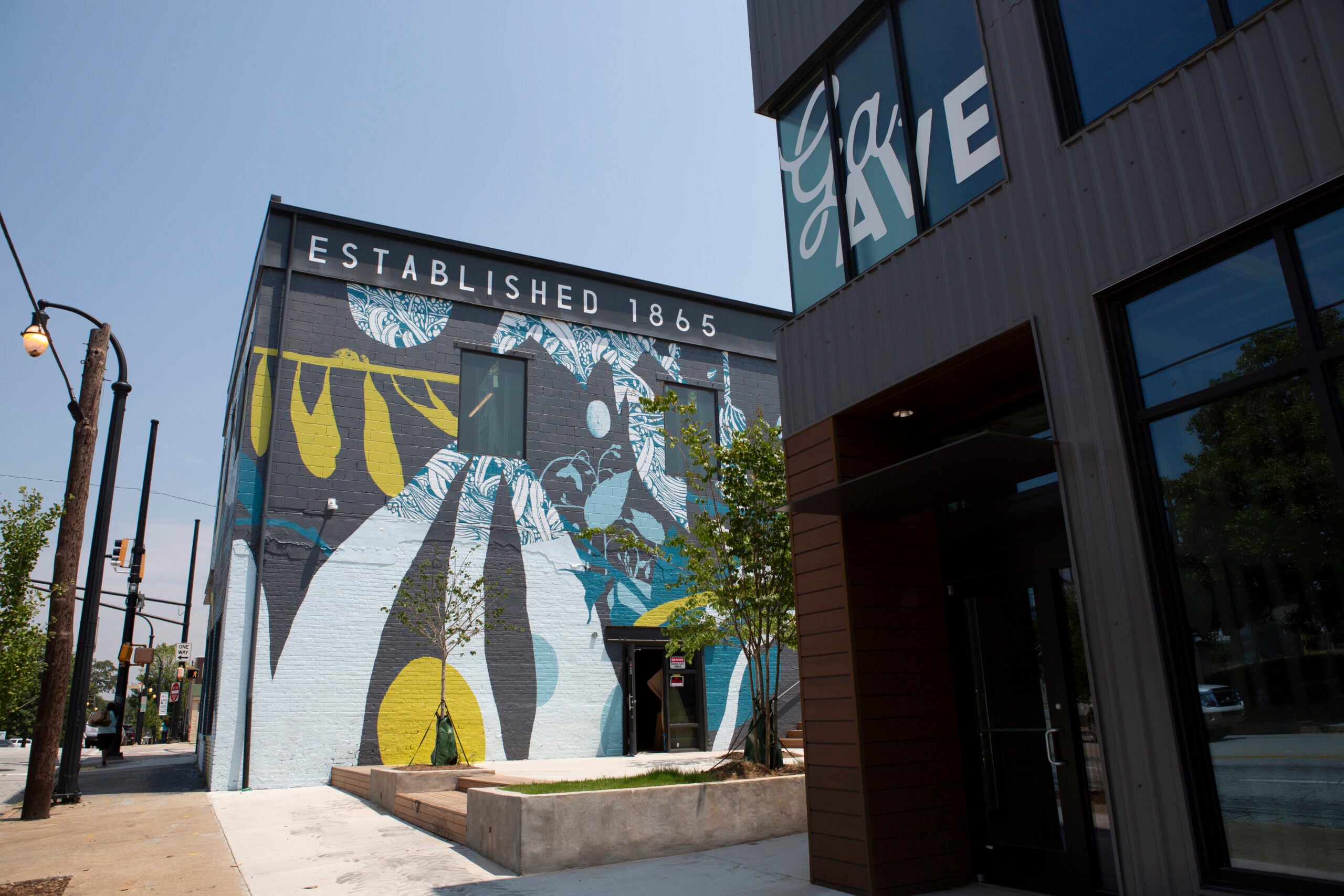It’s impossible to miss the counterculture energy that thrives within the colorful buildings in Atlanta’s iconic Little Five Points.
Brick buildings that house quirky businesses, vintage shops, diverse restaurants and three theatre companies. You’ll notice bright murals, hand-painted business signs, unique logos and a lot of color; colorful walls, colorful hair, colorful clothes.
> Related: ‘Little Five Points Had To Fight To Survive’
Hipsters and anarchists mesh with budding musicians and artists, as well as tourists, travelers, and teens from Atlanta’s suburbs in this unique enclave of independently owned businesses.
The neighborhood’s tagline “Everyone is welcome” is evident with people from all walks of life browsing the vast inventory at Junkman’s Daughter, posing for photographs in front of vibrant murals or walking through the Vortex skull on their way to eat a burger.
What might surprise these visitors is just how stable Little Five Points has been as an eclectic alternative business district in Atlanta for more than four decades.
Like, the bookstore that Linda Bryant opened in 1974 when she was just 25 years old, Charis Books and More. After living all around the world, Bryant moved to Atlanta in search of communal living.
She was involved in Young Life, a social justice action oriented religious organization that worked with students from Bass High School. Through this work, she was often in Little Five Points working with students at Moreland Elementary.
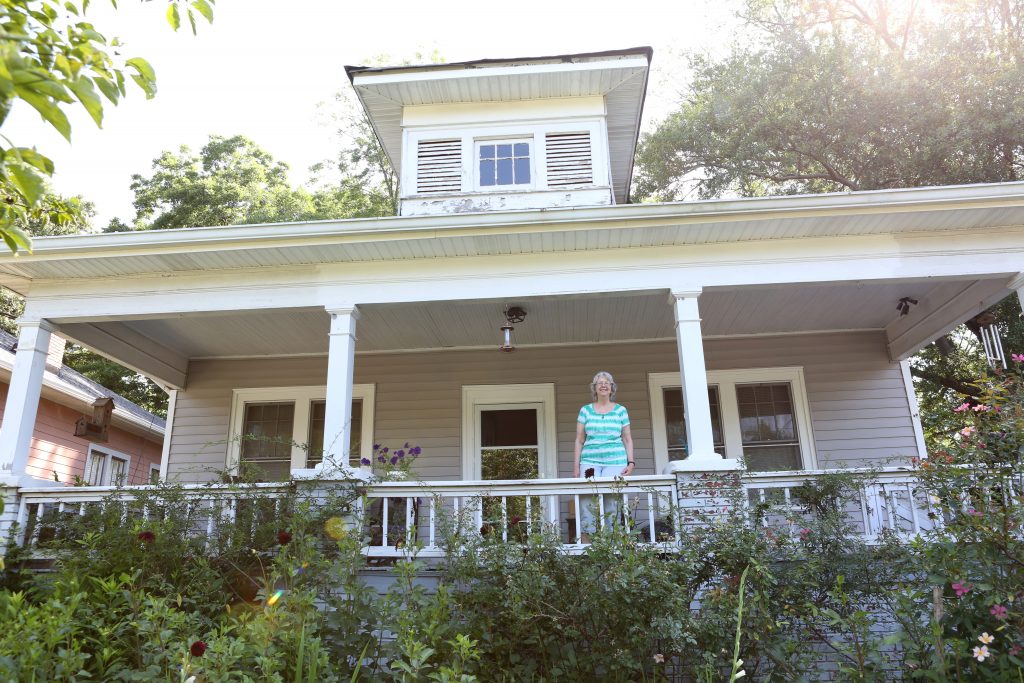
The business district at the time was mostly vacant buildings. She remembers a gun shop, a pawn shop, a furniture store and the notorious Redwood Lounge, which was known for drunkenness, prostitution and brawls. It wasn’t uncommon to witness fights or be propositioned at the bar in the evening.
Despite that, Bryant decided to open her bookstore in the heart of Little Five Points, next to a community center called The Broken Wall, where teens could drop in and feel safe. Bryant wanted to build off this idea, creating a bookstore where she could foster community.
“The whole thing was kind of surreal,” she remembers. “We didn’t know anything about business.”
Built On A Dream
But that was the spirit of Little Five Points. Individuals had a dream and they pursued it without thinking about whether or not it would succeed. For example, Pam Majors really was a junkman’s daughter, and she started Junkman’s Daughter in 1982 with dead stock that her parents had spent 40 years collecting.
Now 36 years later, her son runs the creative store in Little Five Points. Their lack of business savvy led to eclectic businesses based on people’s passions and on the needs of the community. A surprising number of these businesses are still thriving.
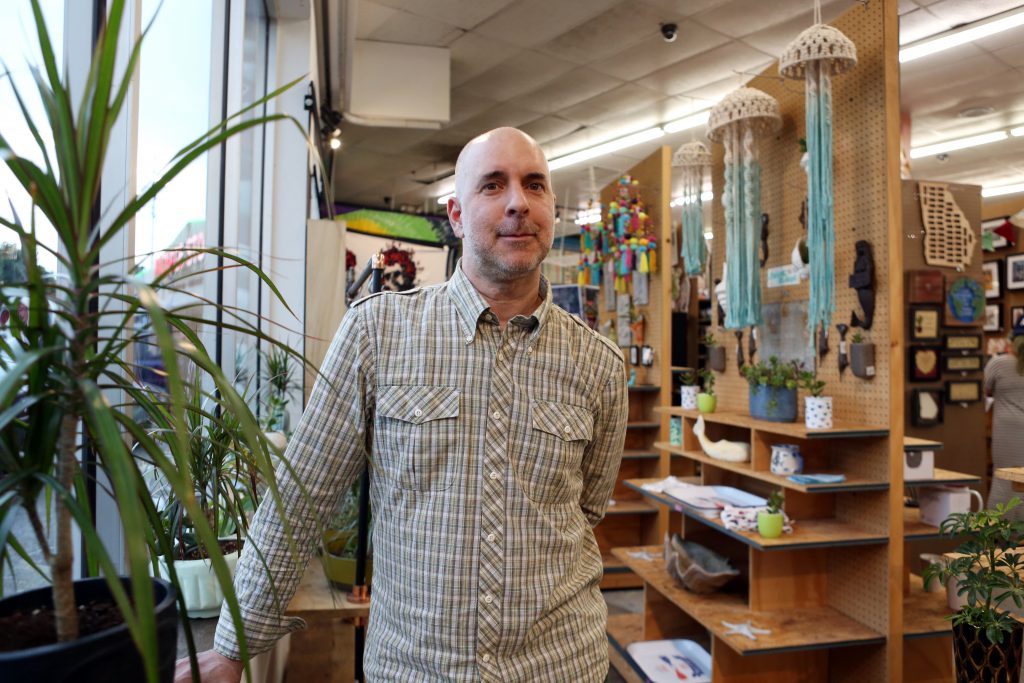
Little Five wasn’t always a business district. In 1890s, the neighborhood had a few mansions that sat on estates with big lots. The iconic strip of businesses with The Porter and Criminal Records had once been the front yard of Alfred Colquitt’s estate, Georgia’s governor from 1876 to 1882 and an active secessionist in the Civil War. Colquitt Avenue now leads into Little Five Points.
When the city of Edgewood, now known as the Candler Park and Edgewood neighborhoods, was incorporated into the city in 1908 the trolley line was extended from Inman Park down McClendon to provide a route from the newly annexed city to downtown. It was only with the trolly line that businesses and homes started popping up along this new thoroughfare.
At the time, Atlanta had one major shopping district downtown at Five Points. When this new business district emerged two and a half miles east of downtown in the 1910s, it became known as Little Five Points for the five points that intersect at the center of the business district.
Moreland Avenue and Euclid Avenue each provided two points, and Seminole Avenue, which is now paved over as Davis Plaza, meeting in the center to provide the fifth point.
It was only natural that this node of trolley lines to and from downtown and toward Emory would evolve into a business district that served residents from Inman Park, Edgewood and Druid Hills. It gave them an alternative to shopping downtown.
An article in the Atlanta Constitution Real Estate Review from 1923 explains, “The little community of merchants at ‘Little Five Points’ seems prepared to furnish almost anything that a customer might call for … saving many trips to town and making it possible for residents to procure almost any article desired that formerly could only be gotten from the big stores in the heart of the city.”
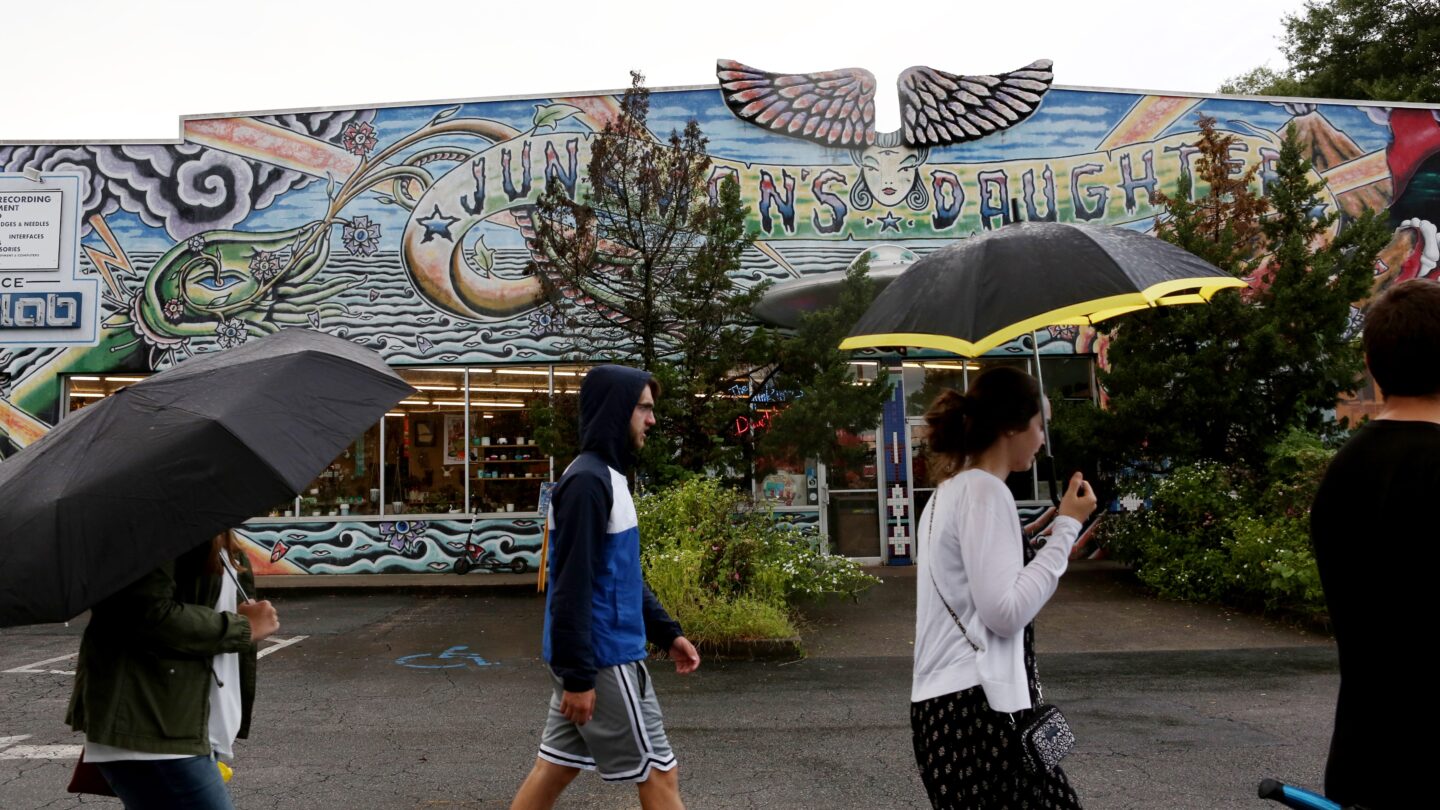
The business district boomed. In his book, “The Highs and Lows of Little Five,” Robert Hartle Jr. explains that by its height in the 1950s, Little Five Points had three grocery stores, three barbershops, four drugstores, and three movie theatres. This economic prosperity didn’t last long.
As cars became more popular, so did living farther from the city center. ‘White flight’ reared its head in Atlanta, as many white families fled desegregation by moving to the suburbs to create homogeneous neighborhoods outside of Atlanta in Cobb and Gwinnett counties.
The Department of Transportation noticed a need. The affluent white families that left the city now needed a way to to quickly get back to downtown Atlanta so in 1961, the DOT proposed I-485 to run north and south and the Stone Mountain Tollway to run east from downtown.
The proposed Stone Mountain Tollway would run directly through the neighborhoods that fed into Bass High school, which pulled from Poncey Highland, Inman Park, Little Five Points, Candler Park, and Lake Claire.
By the 1970s, the city had demolished 554 homes from these neighborhoods for the proposed freeway and the residents within these neighborhoods organized, creating BOND, the Bass Organization for Neighborhood Development which was committed to improving the residential neighborhoods and fighting off the road.
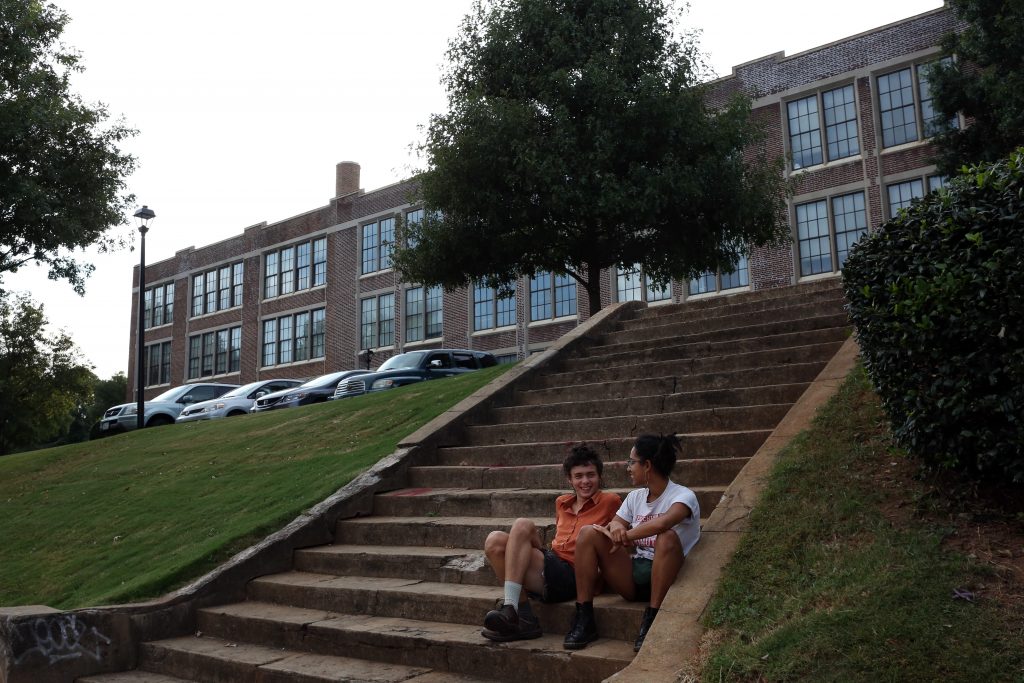
At this time, the energy of activism and resistance in America was palpable. Jane Jacobs had published her landmark book ‘The Death and Life of Great American Cities’ in 1961, inspiring a new movement of urban pioneers committed to reviving the American Cities that had been forsaken in a mass exodus when people used cars to move further away and live more private lives.
People were protesting the Vietnam War, fighting for women’s rights, and the national civil rights movement had a stronghold in Atlanta. As Inman Park resident Midge Sweet remembers, “You were supposed to be a part of a community. You were supposed to be entrepreneurial.”
Getting Involved
Young people moved into the neighborhoods surrounding Little Five Points and did just that.
They created a community invested in urban living and created businesses to sustain themselves. With the proposed freeway cutting through these historic neighborhoods, they could find inexpensive homes and would also have more clout in protesting the freeway if they owned the land.
In 1972, Don Bender and his wife Judy moved from Druid Hills to Candler. Like many of the young people that moved in, Bender quickly realized that the key to creating a thriving neighborhood, was to revitalize its commercial district: Little Five Points.
So he, along with Candler Park Resident Kelly Jordan and others, joined the Little Five Points Businessmen’s Association.
“They were still called the Little Five Points Businessmen’s Association, even though there were a few beauty shops owned and run by women at the time,” Jordan recalled.
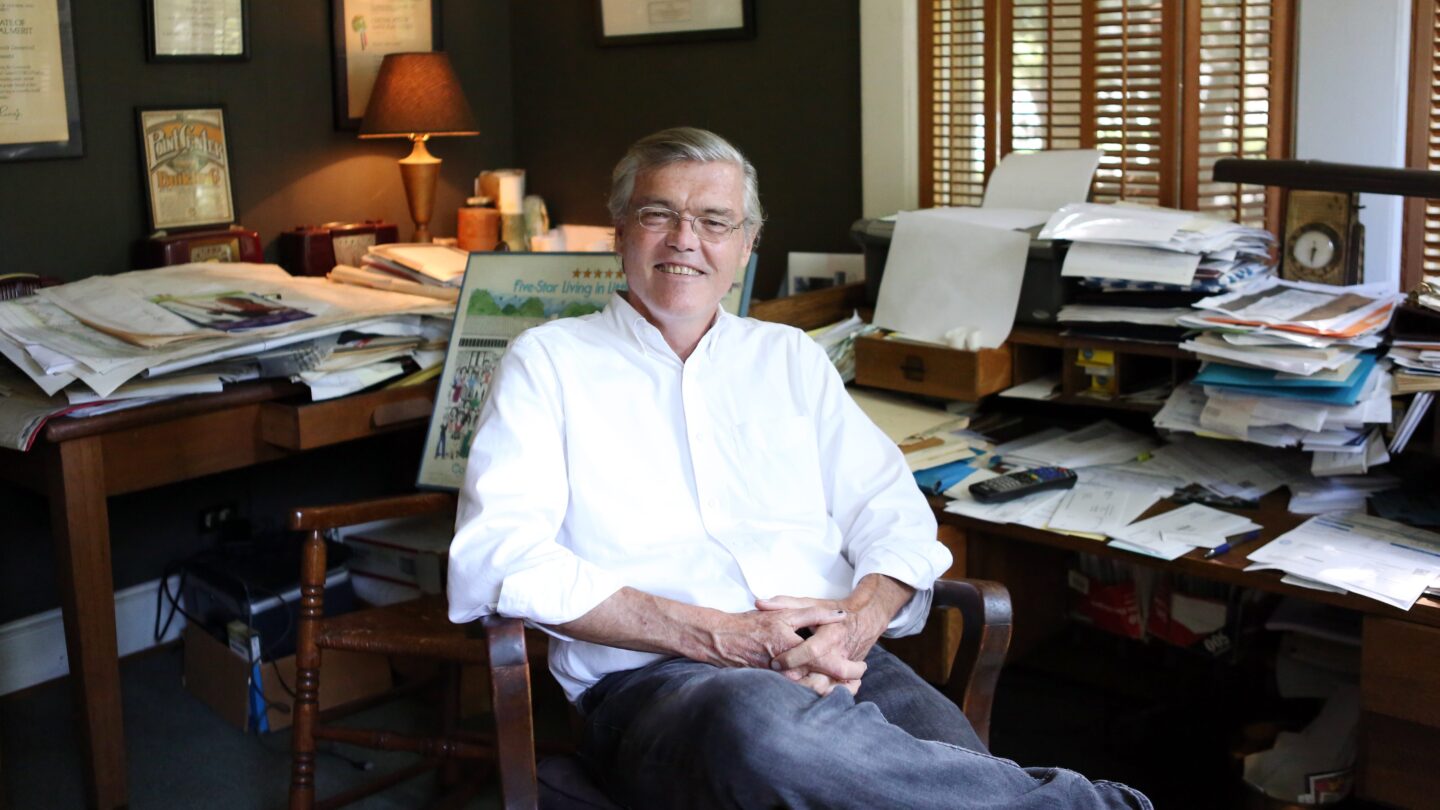
When Bender and Jordan joined the association with the hopes to reform it, many of the current business owners had owned their businesses since the 1930s and were nearing retirement.
While one might be in awe of the people strolling around Little Five Points today, Jordan recalls:
The folks that were here from the old days, they were characters, every one of them.”
When Bender joined the Businessmen’s Association, he kept a tally that noted every member of the business association and whether or not they would vote for or against the road the proposed tollway.
When he started his tally, the vast majority were for the road, hoping the proposed Stone Mountain Tollway would bring in more people and money and lead to a rise in property values.
Bender became Chair of Membership for the Little Five Points Business Association and started recruiting new, younger members that he knew would vote against the road. The neighborhood votes eventually outnumbered the old time business owner votes and Bender knew that Little Five Points would never support the road.
The business members Bender recruited weren’t what one might expect. Rather than being experienced business people opening franchises of national chains, they were often wide-eyed dreamers that had no experience with business whatsoever but lived in the surrounding neighborhoods and either started a business because they had a passion or because they saw a need.
Each new member was committed to creating a collective spirit of independence and local living in the most sincere and intentional way.
Whenever the surrounding communities needed something, the residents in the Bass neighborhoods would figure out how to solve it. John F. Sweet became a lawyer because he was always one of the people figuring out how to solve problems. He often helped people buy their homes, start nonprofits, and even represented Linda Bryant of Charis Books in the adoption of her son.
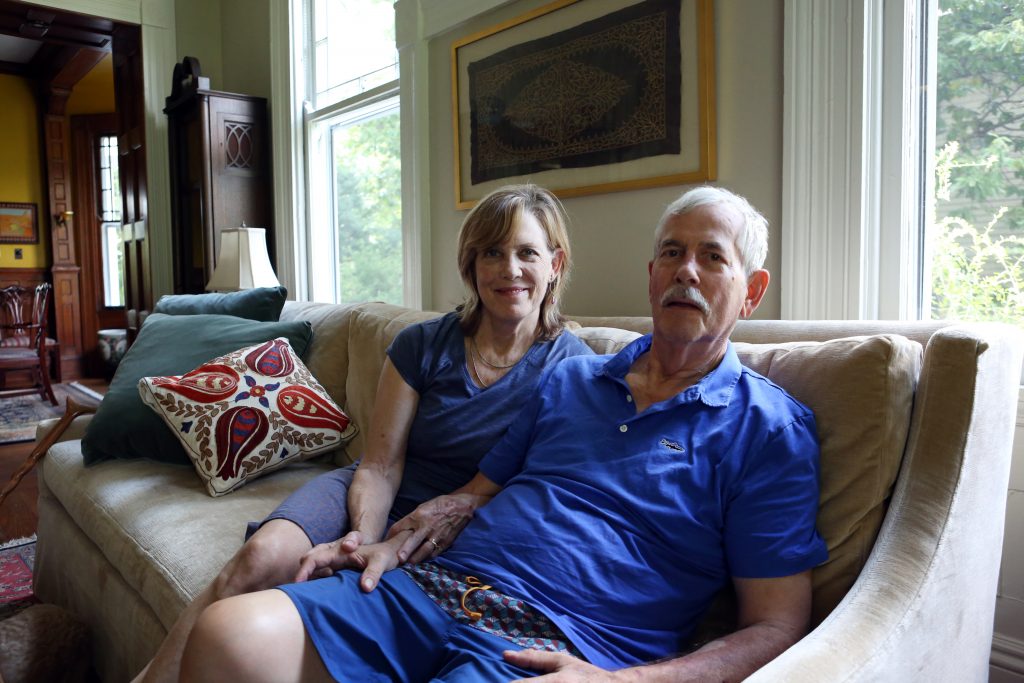
When Sweet bought his home in Inman Park in 1971 he had to pool together $23,000 in cash, borrowing from friends to scrape by. The intown neighborhoods were redlined. The big mansions of Inman Park were carved up into apartments that charged weekly rent and crime was rampant. His house had rats and there was no centralized heating or air conditioning.
“I damn well sure didn’t feel safe,” Sweet exclaimed after recalling an incident where he said he received a death threat after trying to stand up for a woman who was being beaten.
Potential inner city homeowners had difficulty qualifying for loans and usually had to buy their home in cash, often pooling together money borrowed from friends and family. Sweet saw these barriers and decided to do something about it.
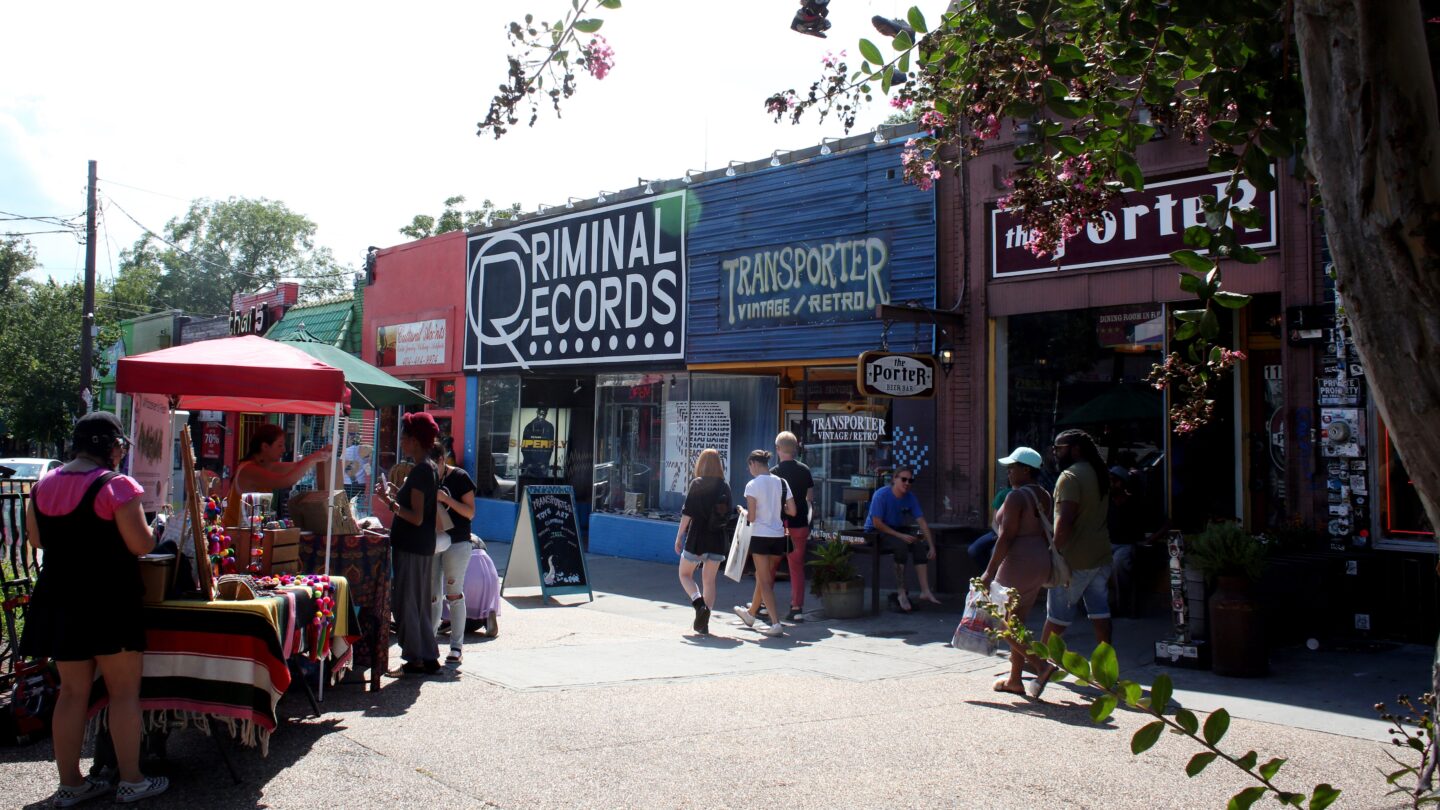
‘How Do We Make This A Place Where You Want To Live?’
In 1972 Sweet and Stan Wyse founded the Bass Organization for Neighborhood Development, or BOND Community Federal Credit Union, the country’s first neighborhood credit union with $54.
That same year, Don Bender of Candler Park helped start Atlanta Intown Development Corporation. A group of neighbors would pool together their money to buy dilapidated homes, and renovate them before selling them to new residents and using the profits to buy another property.
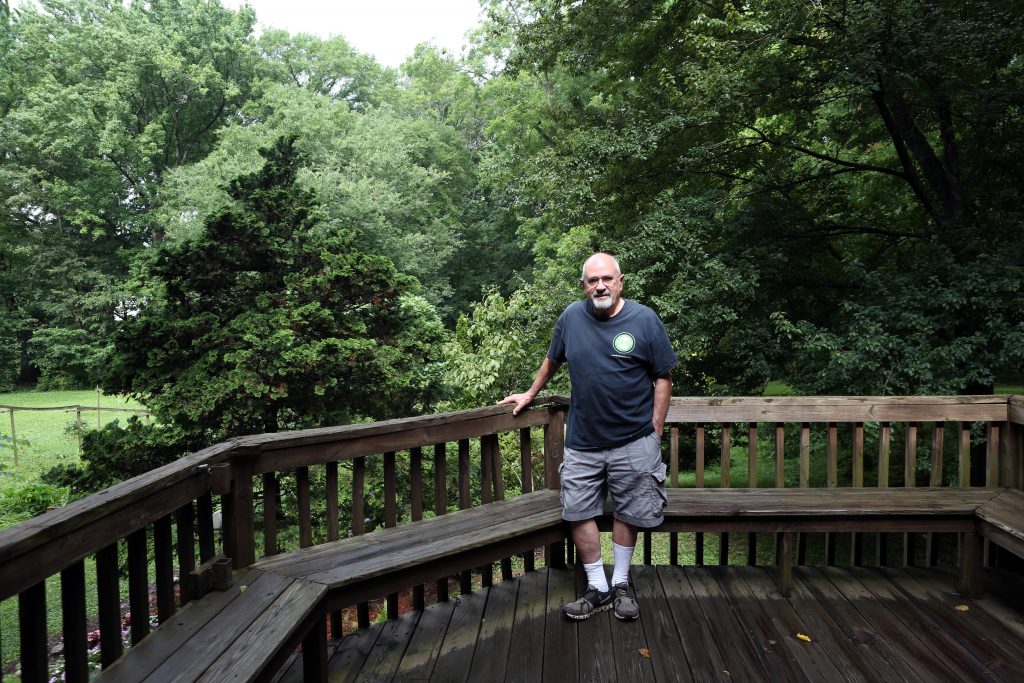
In 1975, Bender decided to shift focus from residential properties to the business district of Little Five Points.
He got 30 investors to chip in and buy eight storefront properties along Euclid Avenue, one of which was the notorious Redwood Lounge, where Little Five Corner Tavern is today. The Redwood Lounge was the Wild West.
People mentioned stabbings, prostitution and gunshots.
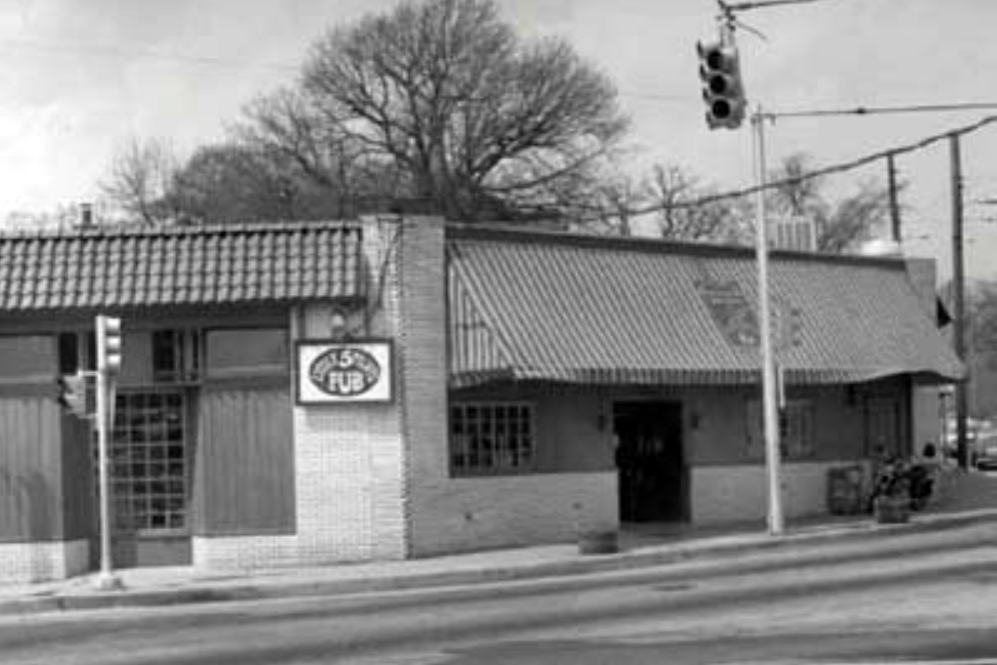
After three months of renovations and designs from Kelly Jordan, Bender opened the Little Five Points Community Pub in 1977.
They served sandwiches and salads and people could drink beer and wine.
“People were so ready for it,” Bender recalls.
Maynard Jackson and members of city council came to the opening. The pub became a place where neighbors could gather. They would discuss local politics over and listen to live music.
There were poetry readings and theater presentations.
It was a place “where you were welcomed as a non conformist,” Bender explains.
“We had high minded principles that we really put into practice,” Jordan explains. “The pub wanted employees to be part of running the place and we had larger, societal issues, like bringing in health care and things that would serve people. John Sweet started up the credit union. We wanted to serve people.”
In this spirit, they created their own institutions. Every time the community needed something, they figured it out.
“It was a philosophical point of view that we should not be dependent on outside investors,” Inman Park resident Midge Sweet recalls.
None of us knew it would develop into a big trendy place. We didn’t want that. We didn’t have that vision.” Bryant says of Little Five Points.
“We just wanted to make the schools better, to keep things from being torn down. We wanted to integrate. The human stuff – how do we make this a place where you want to live and be?”
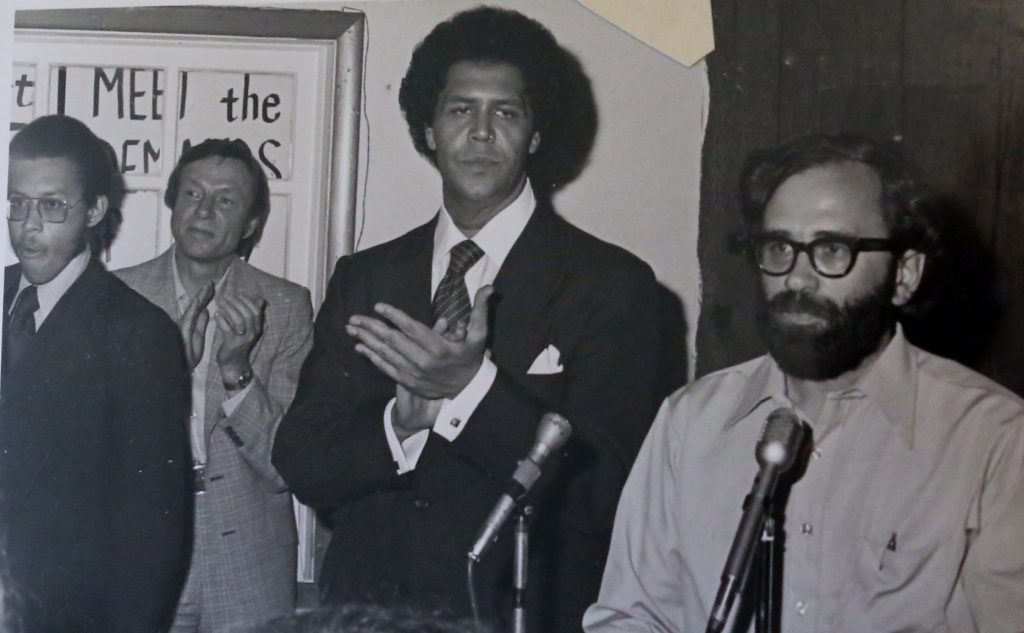
At one of the earlier Little Five Points Businessmen’s Association meetings, Jordan remembers talking to Mr. Finley of Finley Hardware.
The younger members were trying to convince him to update his inventory to cater to the young people that were moving in and renovating old, dilapidated houses.
Finley gruffly responded, “Listen, you whippersnappers, I’m 75 years old and I’m ready to retire. You need to quit telling me what to do and you need to put your money where your mouth is. Do it yourself.” and Jordan remembers thinking, “He’s absolutely right.”
And the young whippersnappers did just that. They fought to create a sustainable local economy with creative and funky businesses and space for artists, but also bring in businesses that would meet their daily needs.
We weren’t really trying to reinvent the wheel. We were trying to change a flat tire,” Jordan said.
They created their own newspaper and credit union and had a local pharmacy. When they started having children, they recruited a pediatrician for the neighborhood.
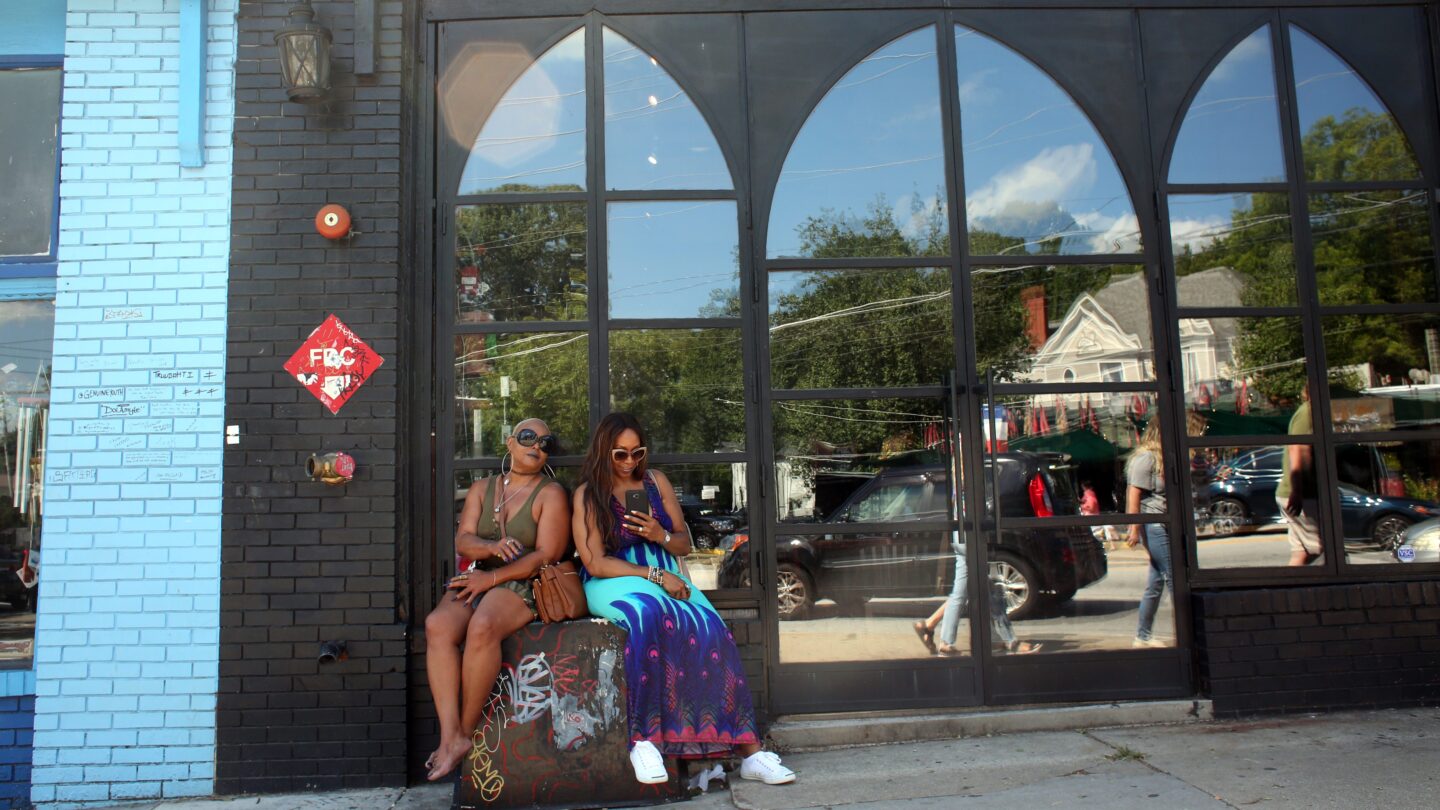
Continual Change
In way, the new whippersnappers of the 1970s were returning Little Five Points to its heyday.
When Kelly Jordan helped investors buy the Point Center building, he worked to bring in a dentist for the community. A dentist had previously been in the building decades earlier, but at in the 1970s Jordan needed a visionary who could see past the crumbling state of the 1920s building and imagine what it could be.
He found Richard Shapiro from Brooklyn, New York who was graduating from Emory and looking to start a practice.
“There were holes in the floor, holes in the ceiling, squatters living in the basement, and I said, ‘I love it,” Shapiro remembers of his first walk through the Point Center building where his office still is, almost 40 years later.
The 1920s building reminded him of New York and he saw Little Five Points’ potential. He was excited to see the pedestrians walking past the window.
The large but identifiable group of residents from the surrounding neighborhoods were actively engaged in bettering their community and for many of them they were united in the fight to defend their neighborhoods against a common enemy: be it big government, the road, MARTA or corporate investment.
For many, they were simply fighting to create an urban lifestyle that they had experienced in Northern cities.
Shapiro eventually helped lead the fight to get Little Five Point zoned as Atlanta’s first Neighborhood Commercial District in the 1990s, protecting it from big box stores and limiting the number of restaurants and boutiques that can open in the area.
For Jordan, he was following what he saw possible in his hometown of Summerville, Georgia.
“What we were doing isn’t very radical,” Kelly Jordan says with a smile. “It’s very historical. Trying to bring back community and build actual community.”
He explains, “We wanted to try to get as many of your day-to-day needs addressed in Little Five Points and that’s what a neighborhood commercial center should do, or the downtown of a little town should do.”
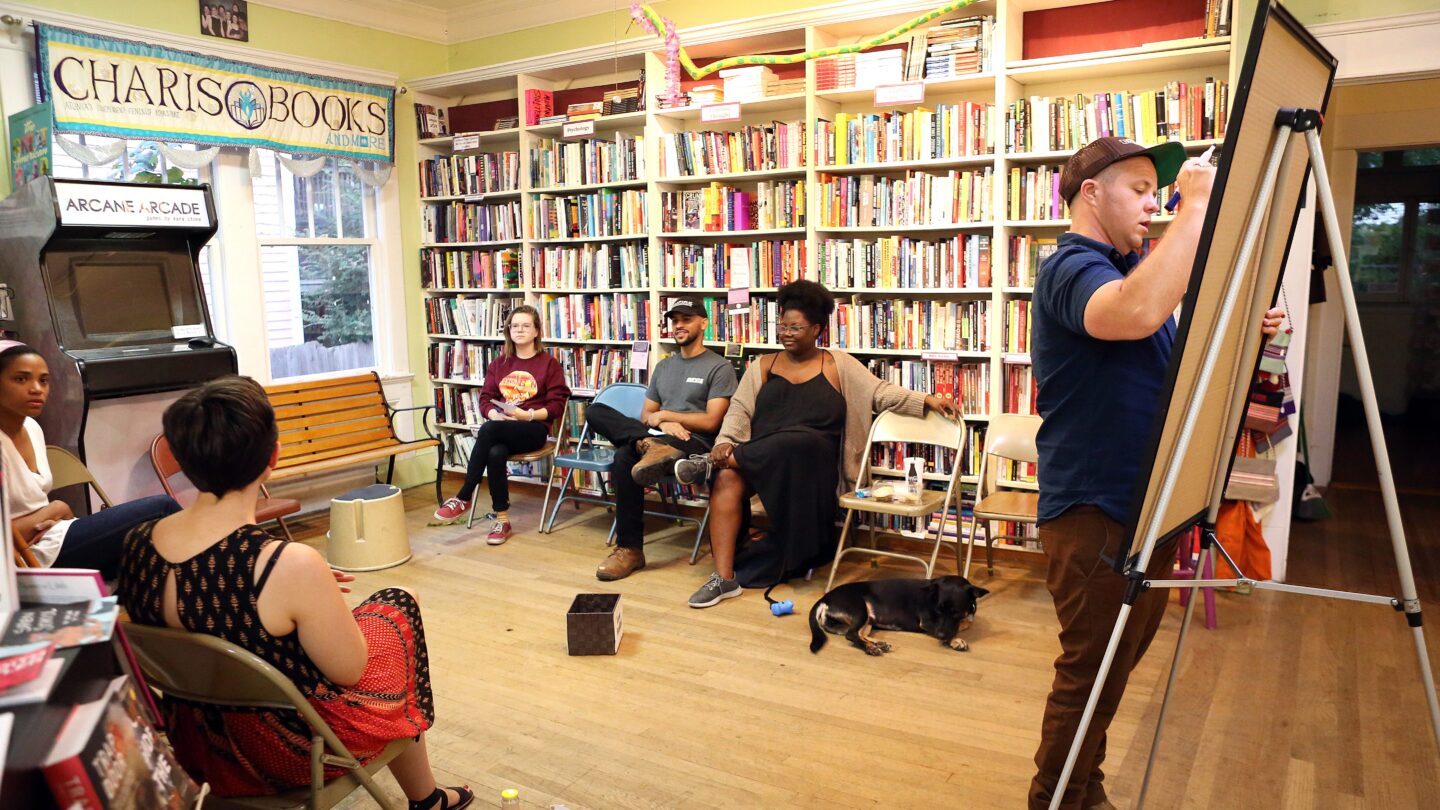
A lot of the businesses filled needs but also had a cultural angle. Charis is a bookstore, but it’s also a movement, promoting feminist literature and creating spaces where ideas can be shared and community can be built.
Sevananda is a business, but it also has a cooperative structure that seeks to promote healthy eating and non-corporate food. Many of the places that opened in Little Five Points were created to serve in their own way. Eat Your Vegetables was a restaurant located where the Vortex is today and it served healthy options.
Crystal Blue sells stones and crystals and educates people about their benefits. Outback Bikes provides transportation options. Health care professionals have remained in the neighborhood for decades, sometimes seeing the grandchildren of the children they first saw in the 1970s.
While Little Five Points is known for its counterculture vibe, there is an amazing and stunning stability over time. For more than a century, Little Five Points has remained a business node two and a half miles east of downtown. Today it still fulfills residents everyday needs, in the same way it did in 1923.
You can eat, shop, go to the post office, get your groceries, see a theater production, get a loan, clean your teeth, align your back and visit the doctor. It originally had a local pharmacy and it still does today. Many of the locally owned businesses from the 1970s and 80s are still thriving.
After 44 years in Little Five Points, Charis Bookstore is moving. They are moving to Agnes Scott’s campus, and as Bryant reflects on watching women and their children grow up over the years while visiting the shop and participating in Charis Circle, she feels a glimmer of hope for the future that reminds her of the energy she felt in Little Five Points so many years ago.
“I don’t know where the next frontier will be or where the next pioneers will go, but I’m proud to know some of them.” Bryant says.










